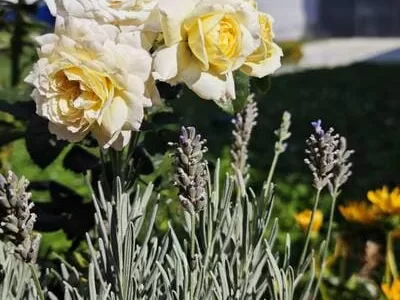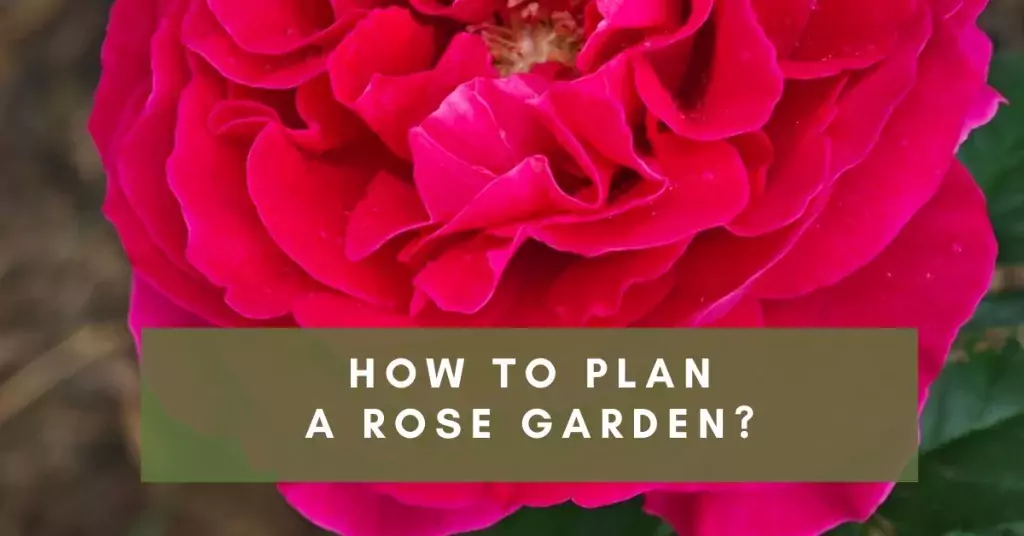Few flowers captivate the senses like roses. Their intoxicating fragrance, vibrant colors, and velvety textures have captured hearts for centuries. Creating your rose garden isn’t just about landscaping; it’s about crafting a haven where beauty and fragrance intertwine, inviting you to linger and unwind.
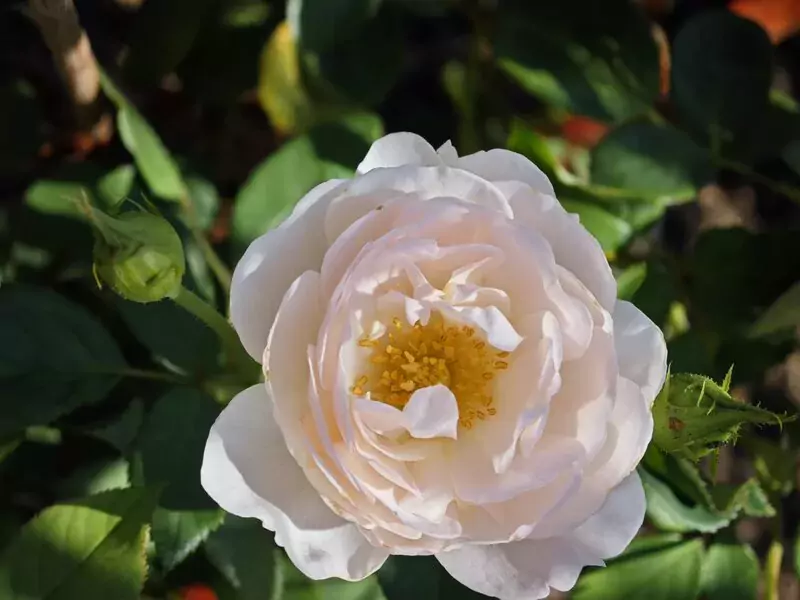
Bringing your dream to life takes meticulous planning. Unfurl the petals of your dream: this guide will be your compass as you navigate the fragrant paths of rose garden creation. With each step, your vision will bloom into a vibrant tapestry of color and scent, a fragrant masterpiece to grace your haven for years.
How to Plan a Rose Garden: Laying the Foundation
- Sunlight and Location: Roses crave six to eight hours of direct sunlight daily. Select a well-ventilated area. It gets morning sunlight. It supplies afternoon shade. It prevents wilting in hot weather. Avoid areas with poor drainage or competition from tree roots.
- Soil Preparation:Roses favor well-draining, loamy soil with a slightly acidic pH (6.0-6.5). Examine the soil’s composition and make appropriate amendments to enhance drainage and fertility. Utilize compost, well-aged manure, or organic materials to optimize soil conditions.
- Choose Your Roses: Select varieties that thrive in your climate and suit your desired blooms (color, fragrance, size, disease resistance). Mix tea roses, floribundas, climbers, and miniatures for visual interest and extended bloom cycles.
- Design and Layout: Sketch your garden on paper. Decide on paths, edging plants, and the placement of taller rose varieties. Aim for a balanced yet dynamic layout, incorporating curves, groupings, and contrasting colors.
- Companion Plants: Plant roses alongside low-maintenance perennials such as lavender, catmint, or allium. This combination creates visual appeal. It attracts beneficial insects. It repels pests.
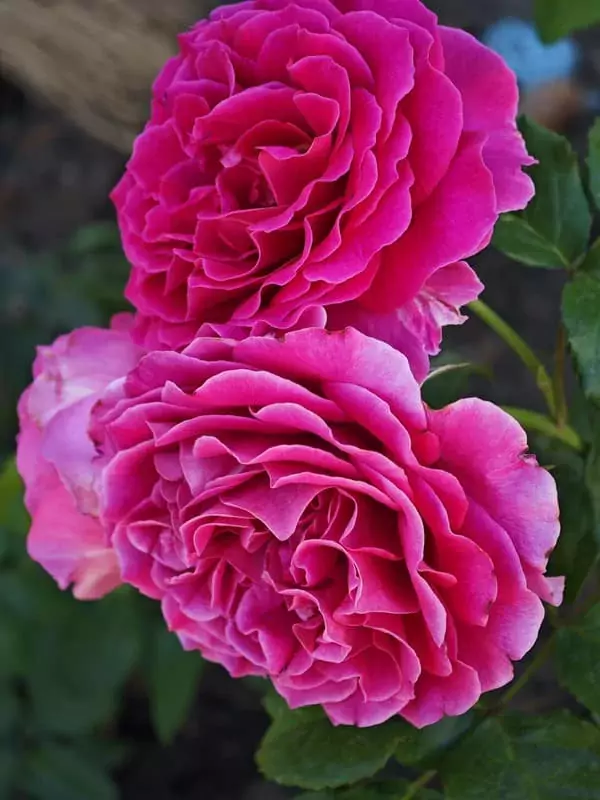
Rose garden landscaping tips: Cultivate your scented haven.
- Edgings and Paths: Define your rose beds with decorative borders using bricks, stones, or edging plants like boxwood or thyme. Pathways allow easy access for maintenance and add to the garden’s charm.
- Trellis and Arches: Climbing roses add vertical drama. Train them on trellises, pergolas, or arches to create enchanting entryways, romantic archways, or shaded sitting areas.
- Mulching: Spread a 2-3 inch organic mulch around rose bases to retain moisture, suppress weeds, and regulate soil temperature.
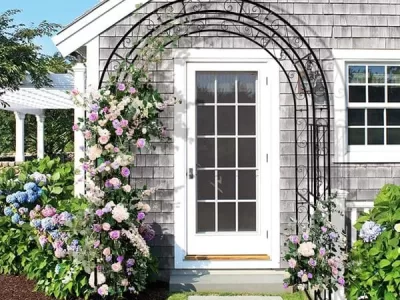
4. Irrigation: Ensure thorough watering for your roses every week, concentrating on the root zone to promote optimal growth and hydration. In hot climates, provide additional morning watering to keep foliage hydrated.
5. Pruning and Maintenance: Regular pruning encourages healthy growth and abundant blooms. Deadhead spent flowers throughout the season and performed routine pruning in late winter or early spring to remove dead canes and maintain desired shapes.
Establish a diverse rose garden in various spaces:
Adapting Your Vision
- Limited Space? No Problem: Vertical roses, container-grown varieties, and raised beds maximize small spaces. Use climbing roses on trellises or train them over fences. Miniature roses thrive in pots, adding vibrant pops of color to patios or balconies.
- Formal or Informal: Craving a structured look? Plant roses in geometric beds with clipped hedges and symmetrical pathways. Do you prefer a relaxed ambiance? Opt for natural curves, overflowing borders, textures, and heights.
- Sunny or Shady: Most roses flourish in full sunlight. A few manage well in partial shade. Consider shade-tolerant varieties like ‘Munstead Wood,’ ‘Zephyrine Drouhin,’ or ‘New Dawn.’ Partner them with shade-loving companion plants like ferns, hostas, or hellebores.
Planting companions for roses: A harmonious blend.
Roses benefit from companion plants that attract beneficial insects, deter pests, and add visual interest. Consider these pairings:
- Pest Deterrents: Garlic, chives, and nasturtiums repel harmful insects.
- Beneficial Pollinators: Lavender, catmint, and bee balm attract pollinators like bees and butterflies.
- Visual Harmony: Low-growing perennials like thyme, creeping phlox, and allium complement roses with contrasting textures and colors.
Remember, your rose garden is a living canvas. Explore various rose varieties, companion plants, and design elements to craft an exclusive, aromatic sanctuary that mirrors your style and offers enduring joy throughout the years.
Cultivate a rose garden with passion. Your scented dreams come alive.
